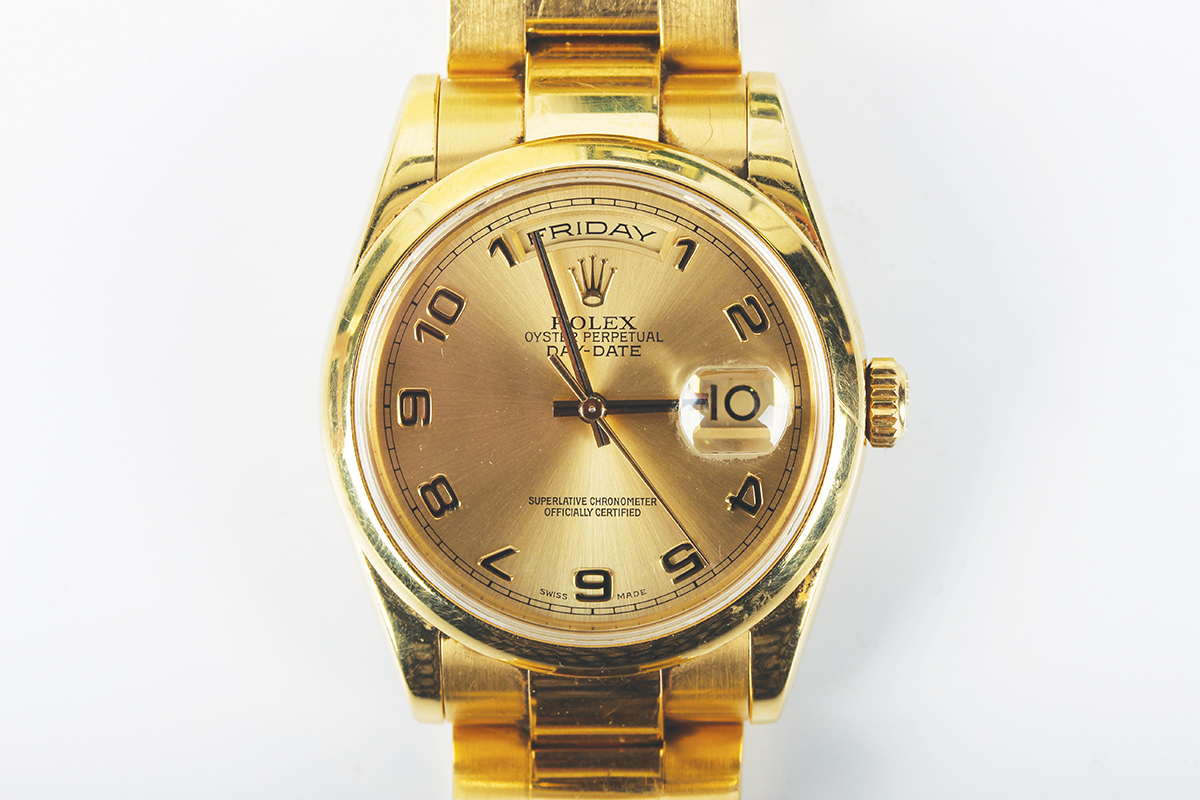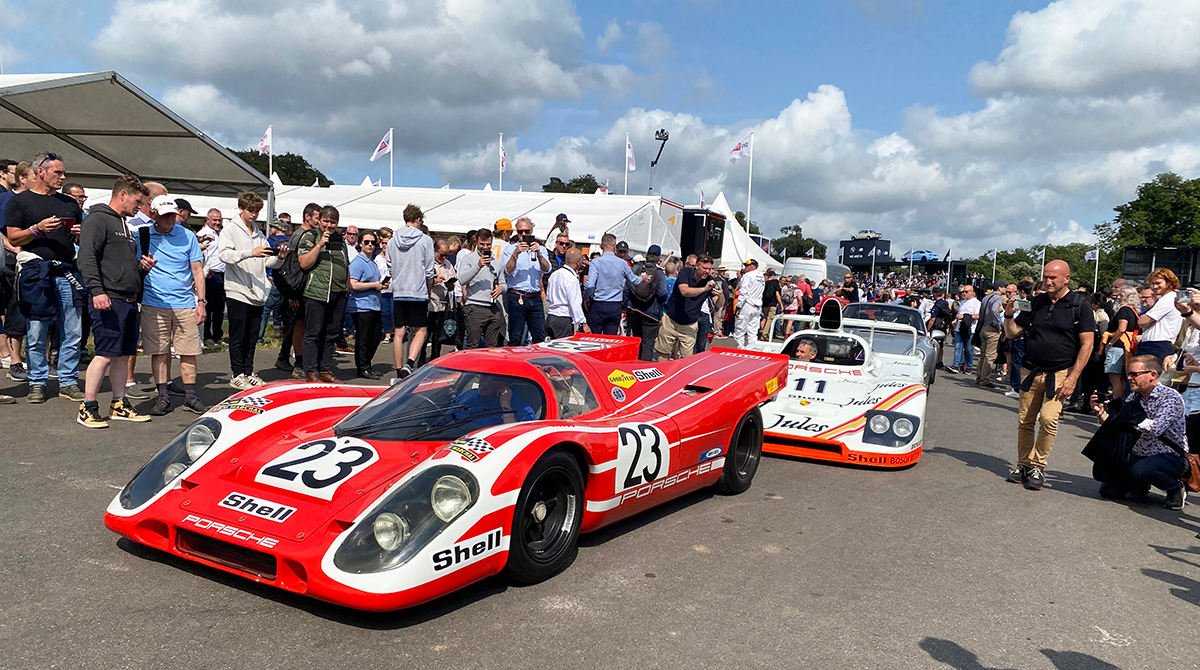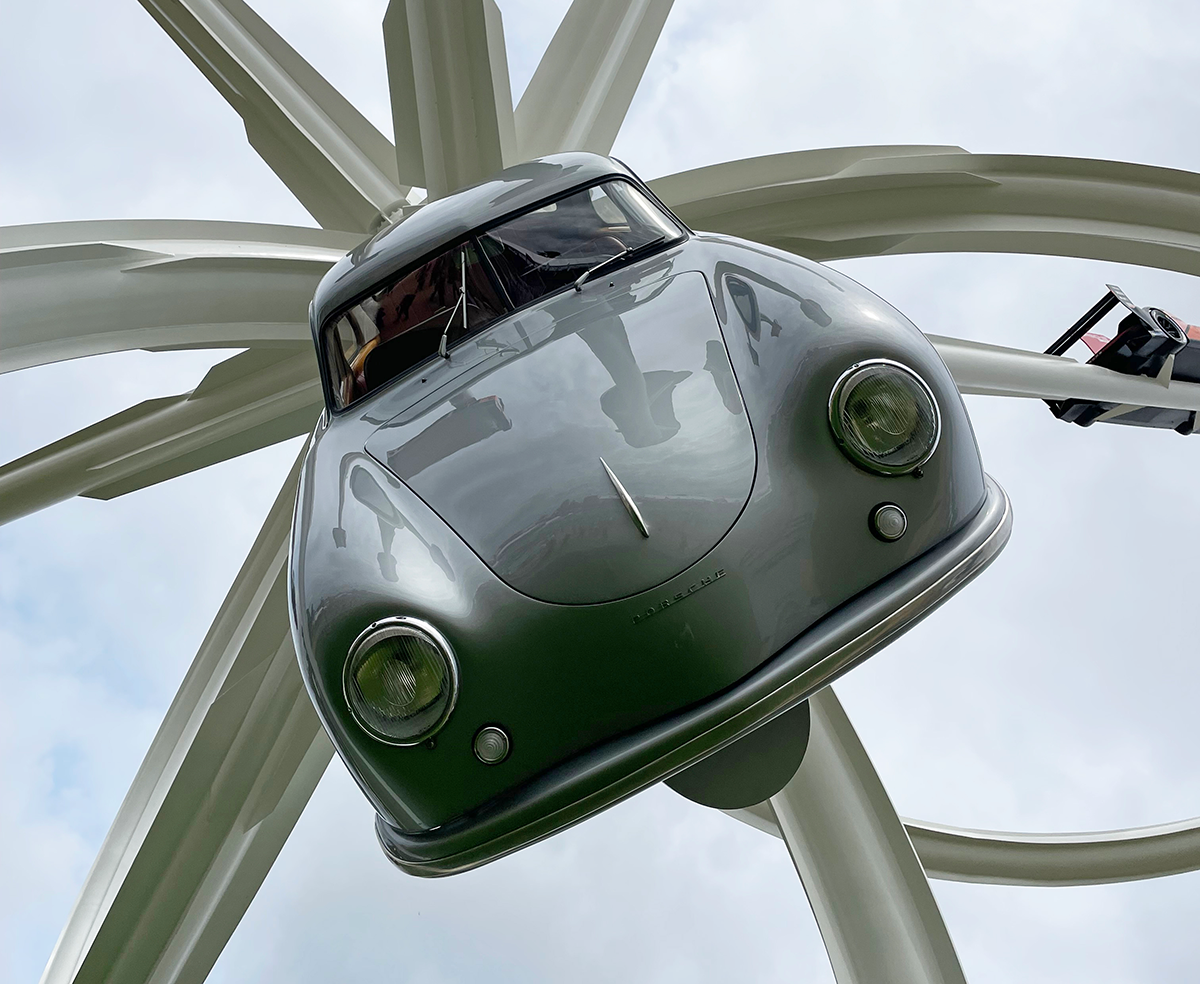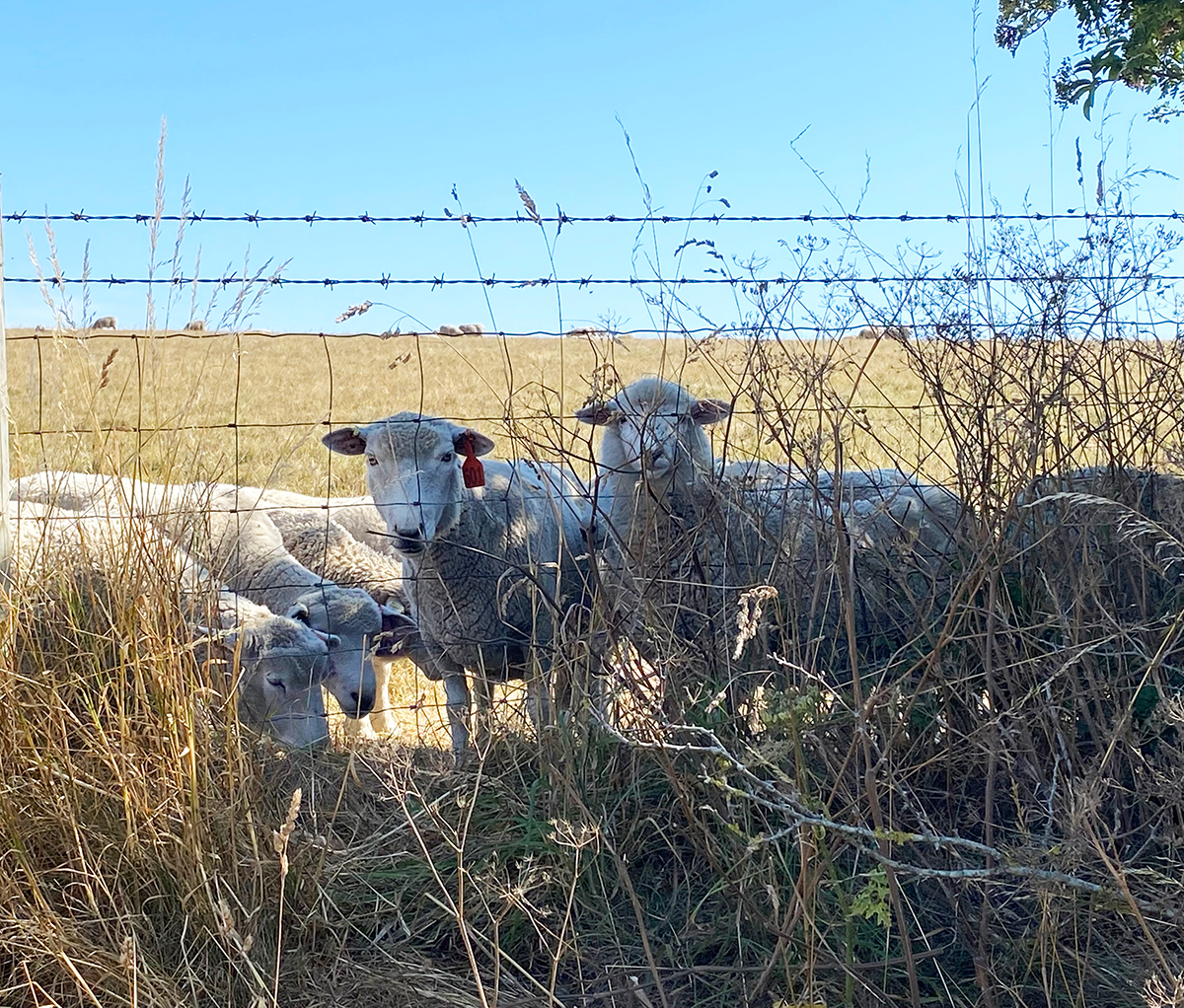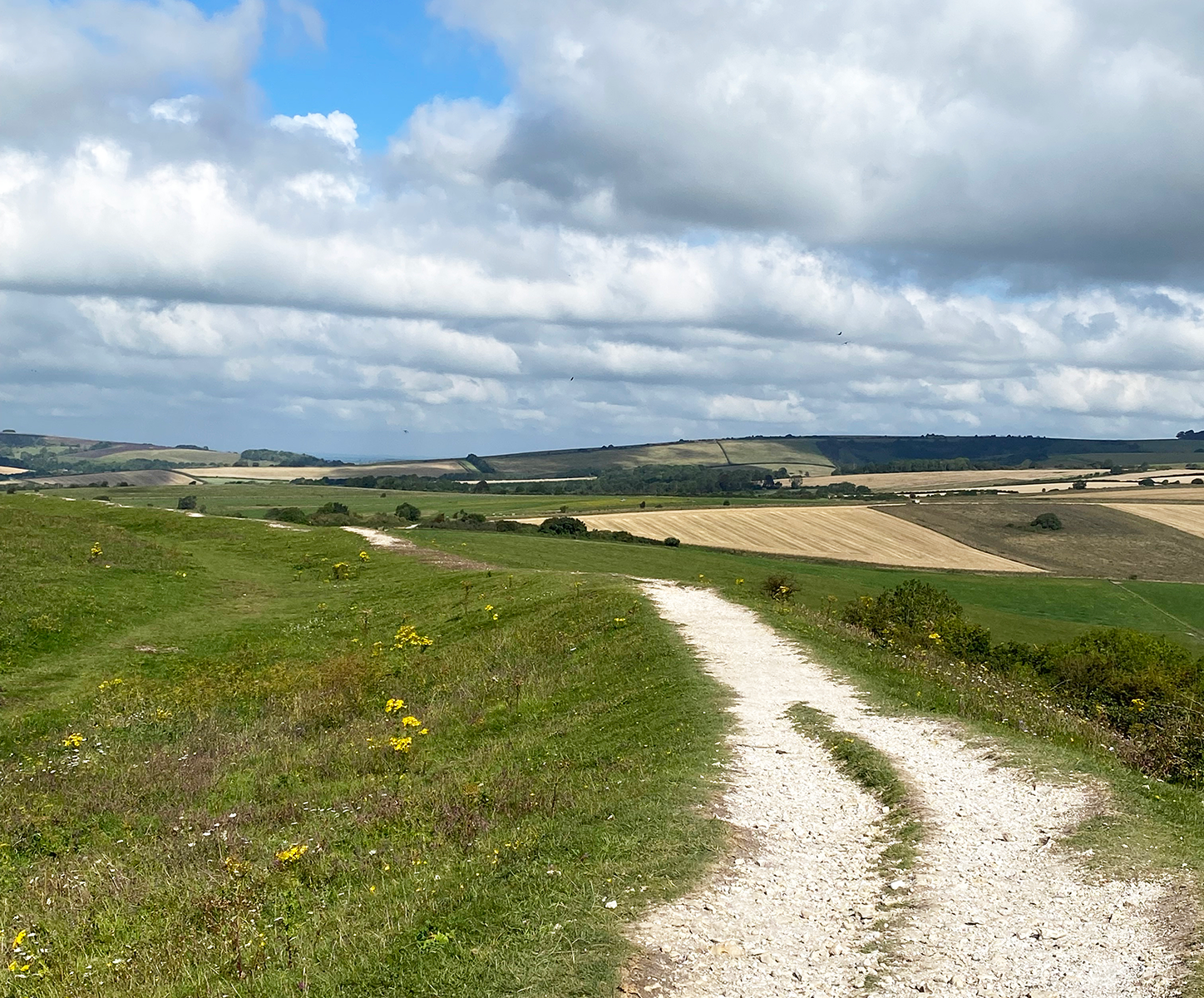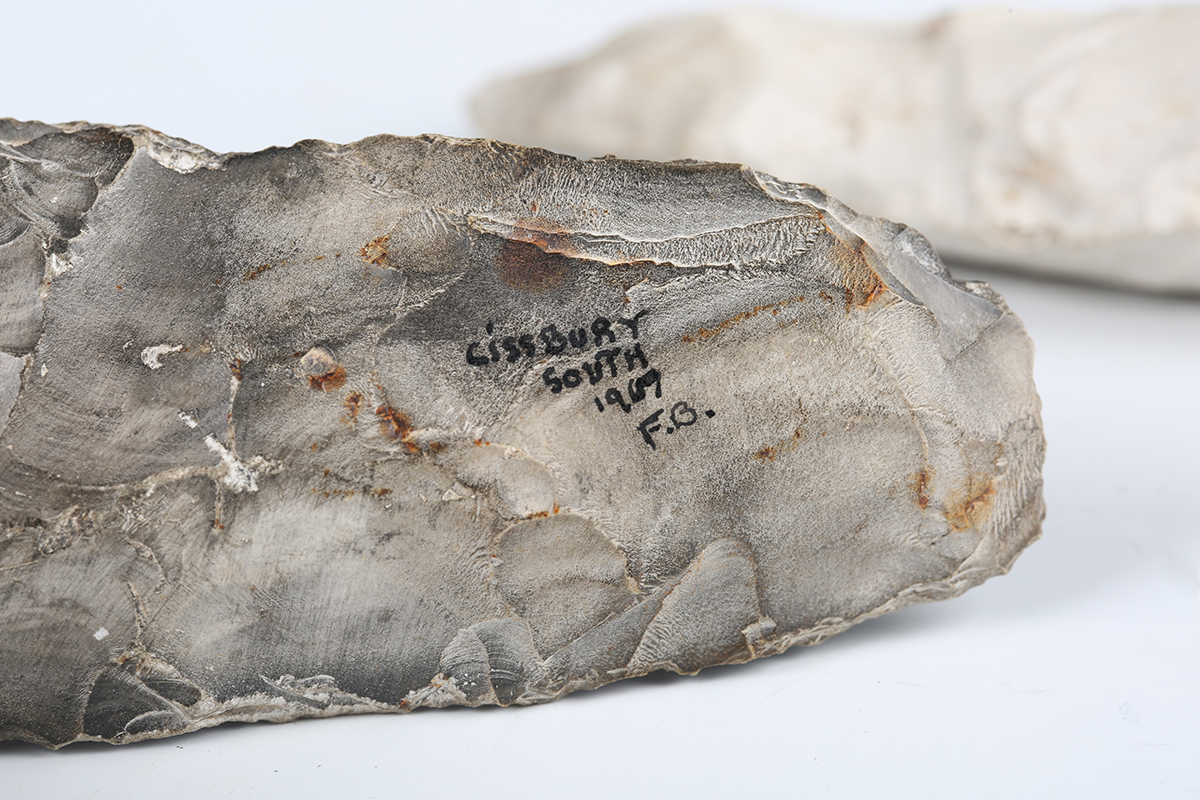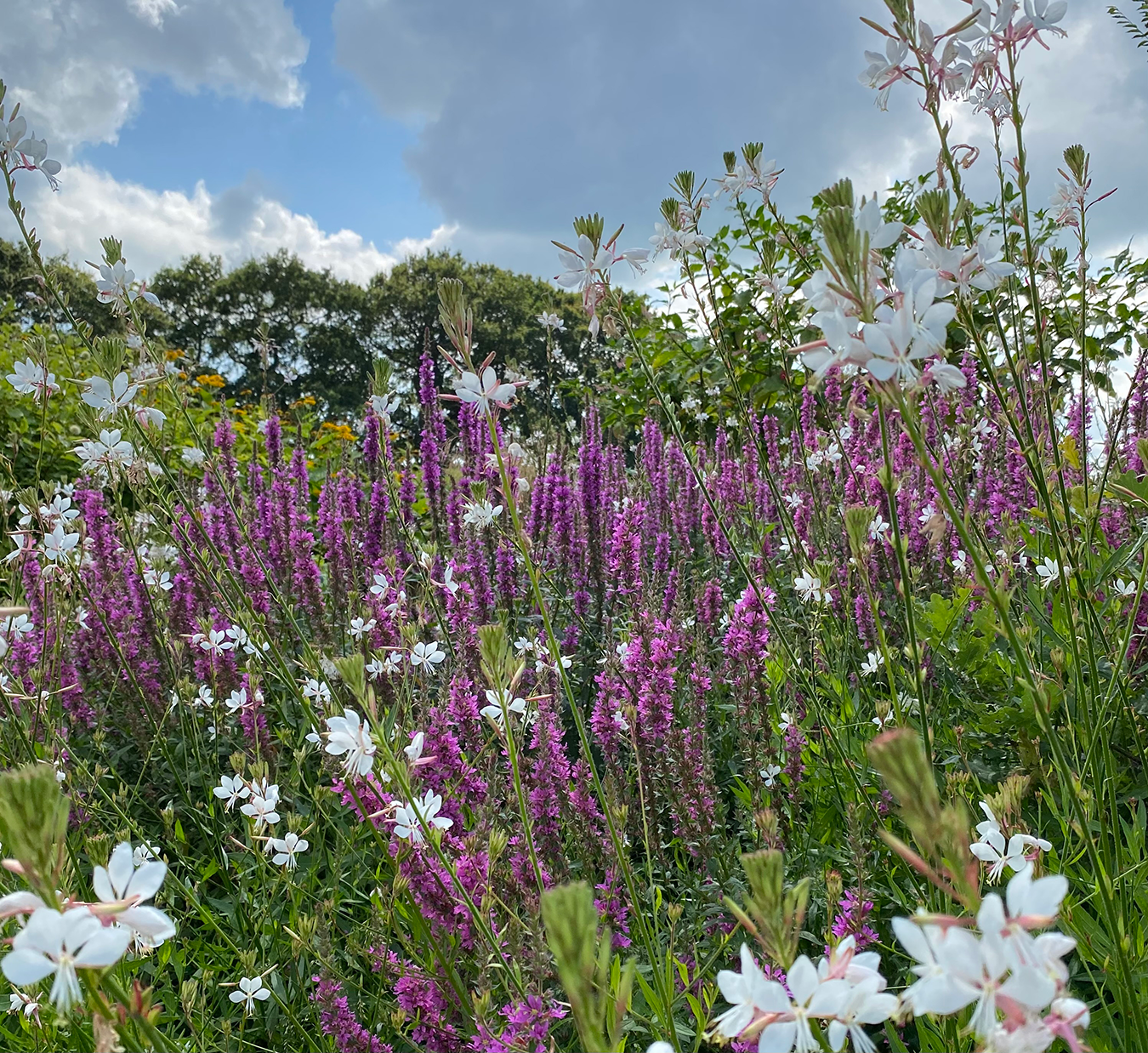 Along the path that leads you into the Sussex Prairie Garden you pass some happy pigs under the canopy of oaks and as you break into bright daylight your senses are immediately captured by the scale, colour, light, texture and movement expressed in the planting and design. It is really beautiful!
Along the path that leads you into the Sussex Prairie Garden you pass some happy pigs under the canopy of oaks and as you break into bright daylight your senses are immediately captured by the scale, colour, light, texture and movement expressed in the planting and design. It is really beautiful!
In the first border I come to swathes of raspberry pink and white Echinacea play against the Helenium’s flash of orange and red. Beyond, the Deschampsia cespitosa ‘Goldtau’ grasses, with their gossamer like flower plumes, have matured into a warm golden colour which contrasts with the strong vertical of the white Sanguisorba canadensis.
I catch up with the garden’s owners and creators, Pauline and Paul McBride, on the farm terrace amongst the nursery plants for sale outside their splendid tearooms. The terrace overlooks the gardens.
I explain that their garden feeds my heart. Pauline is delighted and says “It is a beautiful thing – people are moved by it.”
I am always fascinated by the way that the garden invites you into itself and the synergy of the planting. Wherever you are your eye is met by stunningly conceived views with layered perspective. Pauline recalls “It’s to do with the big spiral design. We drew up huge plans for the garden – each designed in minute detail – we had to think how it would work together, the structure, plants and use of grasses. The garden enfolds you, allows you to be close to the bees and insects, brush against the plants, engage with them, touch them and experience the fragrance and a freedom as the garden takes on a life of its own and becomes something extraordinary.”
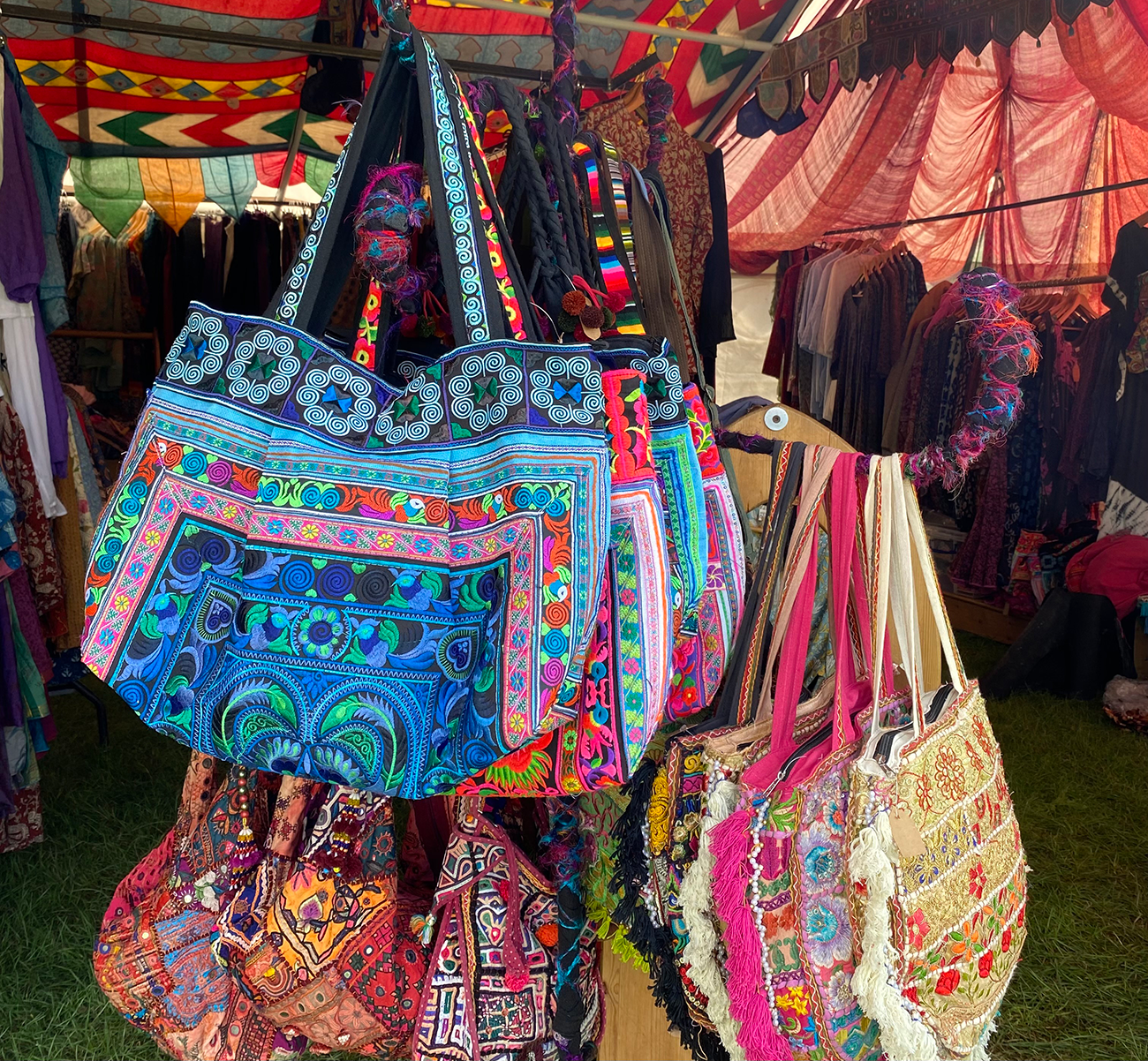 Preparations are underway for the annual Indian Summer Bazaar. Marquees are being filled abundantly with exotic clothes in cottons and vintage sari silk, semi-precious designer jewellery, scarves, home furnishings and gifts – all ethically traded from India and for sale. This bazaar is at the heart of a month long festival supported by food and talks. It runs from Friday 4th August until Saturday 2nd September.
Preparations are underway for the annual Indian Summer Bazaar. Marquees are being filled abundantly with exotic clothes in cottons and vintage sari silk, semi-precious designer jewellery, scarves, home furnishings and gifts – all ethically traded from India and for sale. This bazaar is at the heart of a month long festival supported by food and talks. It runs from Friday 4th August until Saturday 2nd September.
It is the vision and gentle patronage of Pauline and Paul McBride, as well as their desire to share their garden which has seeded such beauty in in this place.
Gardens are places of blessing, invitation, hospitality and encounter, and none more so than the Sussex Prairie Gardens, Morlands Farm, Wheatsheaf Road, Henfield, West Sussex, BN5 9AT. To find out more, check opening times and to plan your visit go to sussexprairies.co.uk.
